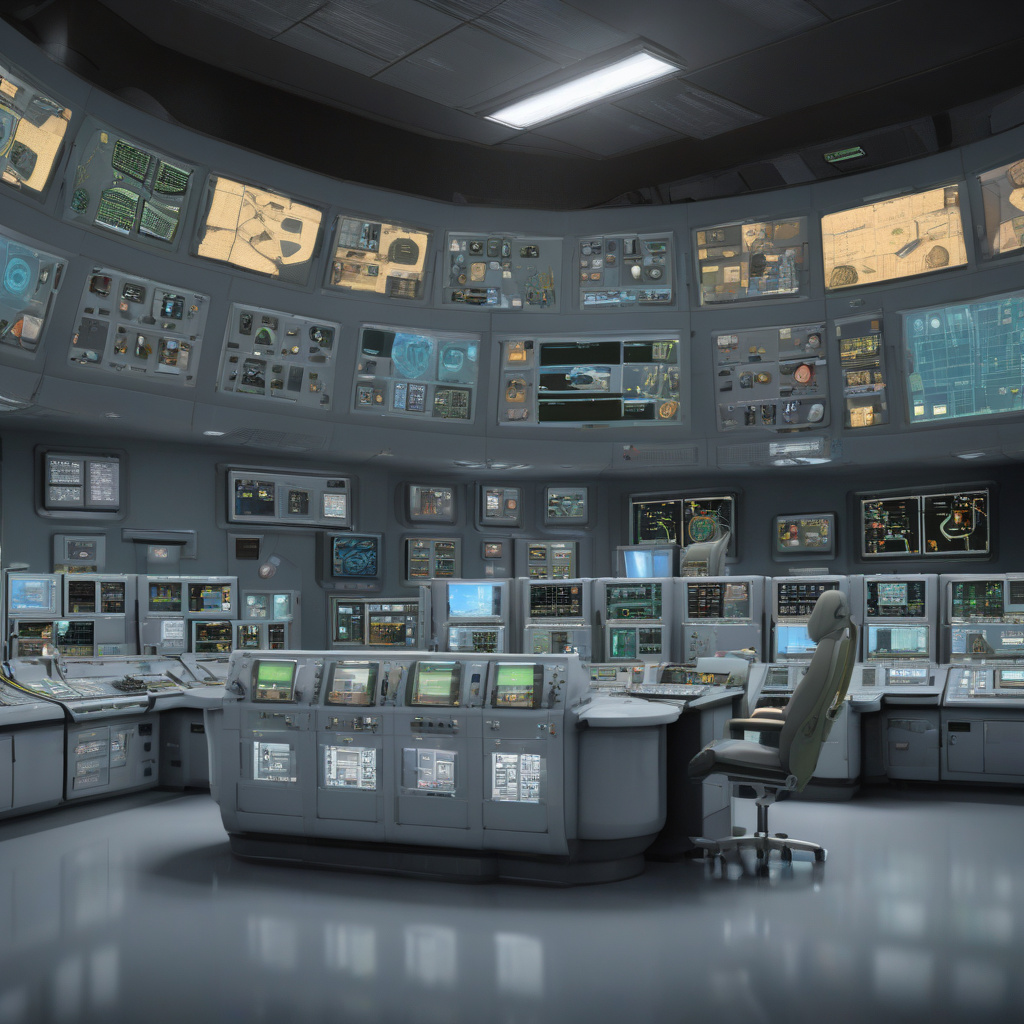Ensuring the Security of AR and VR Technology in Nuclear Power Operations
In today’s rapidly evolving technological landscape, augmented reality (AR) and virtual reality (VR) have emerged as crucial tools in various industries, including nuclear power operations. As these immersive technologies become increasingly integrated into mission-critical tasks within the nuclear sector, ensuring their security and reliability is paramount.
Michael Covington from Jamf emphasizes the importance of treating AR and VR technologies with the same level of security rigor as any other critical asset in nuclear power operations. This underscores the need for comprehensive strategies to safeguard these technologies from potential cyber threats and ensure their seamless operation in sensitive environments.
One key aspect of securing AR and VR tech in nuclear power operations involves implementing robust access controls. By restricting access to authorized personnel only and employing multi-factor authentication mechanisms, organizations can prevent unauthorized individuals from compromising the integrity of these technologies or gaining access to sensitive data.
Furthermore, encryption plays a crucial role in protecting the data transmitted and stored by AR and VR systems in nuclear power operations. Implementing end-to-end encryption protocols helps safeguard confidential information and ensures that communication between devices remains secure, minimizing the risk of data breaches or unauthorized interception.
Regular software updates and patches are essential to addressing vulnerabilities and enhancing the overall security posture of AR and VR technologies in nuclear power operations. By staying abreast of the latest security updates and promptly applying patches to address known vulnerabilities, organizations can mitigate potential risks and strengthen their defense mechanisms against cyber threats.
In addition to proactive security measures, continuous monitoring and threat detection capabilities are essential for identifying and mitigating potential security incidents in real-time. Leveraging advanced security tools and technologies to monitor network traffic, detect anomalies, and respond to security incidents promptly can help organizations defend against evolving cyber threats effectively.
Collaboration with cybersecurity experts and industry peers can provide valuable insights and best practices for enhancing the security of AR and VR technologies in nuclear power operations. By sharing knowledge, experiences, and lessons learned, organizations can collectively strengthen their cybersecurity defenses and better protect critical assets from emerging threats.
In conclusion, as AR and VR technologies continue to play a vital role in nuclear power operations, ensuring their security and reliability is imperative. By implementing robust access controls, encryption mechanisms, regular software updates, continuous monitoring, and collaboration with cybersecurity experts, organizations can enhance the security posture of AR and VR tech in nuclear environments and mitigate potential risks effectively.
By prioritizing cybersecurity and adopting a proactive approach to securing AR and VR technologies, organizations can leverage the full potential of these immersive technologies while safeguarding critical operations in the nuclear power sector.

